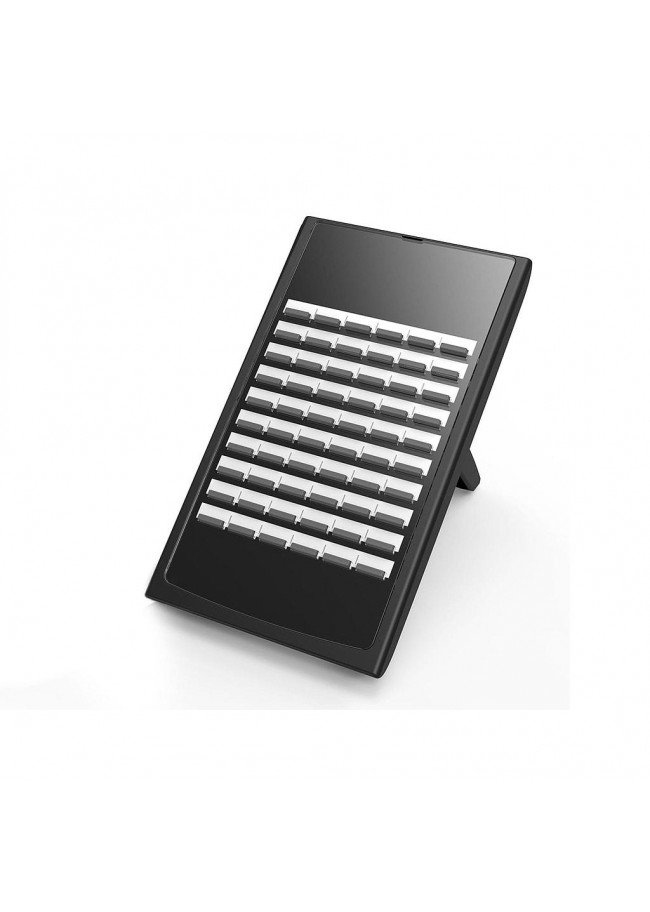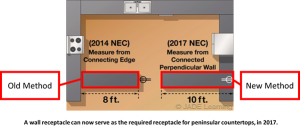Nec 210.62
The National Electrical Code (NEC) is a set of regulations that are designed to ensure safety in the installation and use of electrical systems. One of the most important of these regulations is NEC 210.62, which governs the placement of receptacles in dwelling units. In this article, we will explore the key aspects of NEC 210.62, discuss its targets, and provide some insights into its importance.
Pain Points Related to NEC 210.62
One of the major pain points related to NEC 210.62 is that it can be difficult to understand and implement. Many homeowners and even some electricians are not aware of the specific requirements that the code sets out for receptacle placement, and as a result, they may not install receptacles in the safest or most practical locations. Additionally, retrofitting an existing dwelling to comply with NEC 210.62 can be costly and complicated, which can be discouraging for homeowners.
The Target of NEC 210.62
The target of NEC 210.62 is to ensure that dwelling units have enough receptacles to serve their electrical needs. The code sets out specific requirements for the placement and spacing of receptacles, based on the size and layout of the dwelling unit. The ultimate goal of these requirements is to reduce the risk of electrical shock or fire, by ensuring that electrical loads are distributed safely and efficiently throughout the unit.
Main Points of NEC 210.62
The main points of NEC 210.62 can be summarized as follows:
- The code sets out specific requirements for the placement and spacing of receptacles in dwelling units, based on the size and layout of the unit.
- The purpose of these requirements is to ensure that dwellings have enough receptacles to serve their electrical needs, and that these receptacles are situated in safe and practical locations.
- Complying with NEC 210.62 can be challenging, especially for homeowners who are retrofitting an existing dwelling. However, it is important to make the effort to comply, in order to reduce the risk of electrical shock or fire.
The Target of NEC 210.62 and Its Importance
NEC 210.62 is specifically targeted at dwelling units, which are defined as any space in a building where people live. This includes houses, apartments, and other types of residential buildings. The importance of NEC 210.62 lies in its ability to prevent electrical hazards in these spaces, by ensuring that receptacles are placed in safe and practical locations.
I personally had an experience where an electrical outlet was located behind a piece of furniture, making it difficult to use and creating a potential fire hazard. Upon discovering this, I immediately contacted an electrician to move the outlet to a safer location. This experience highlights the importance of complying with NEC 210.62, as it can prevent potentially dangerous situations like this.
Complying with NEC 210.62
Complying with NEC 210.62 can be a challenge, but it is critical for ensuring the safety of your dwelling unit. Some key considerations when retrofitting an existing dwelling include:
- Identifying the minimum number of receptacles required for your space based on its size and layout
- Determining the location and spacing of receptacles to ensure safe and practical use
- Working with a licensed electrician to ensure that all installation meets NEC standards and local building codes
Why Compliance Is Important
Complying with NEC 210.62 is important for several reasons:
- Compliance ensures that your dwelling unit has enough receptacles to safely and efficiently distribute electrical loads
- Compliance reduces the risk of electrical shock or fire, which can be costly and even life-threatening
- Compliance protects you from liability in the event of an electrical incident in your home
Good Practices for Complying with NEC 210.62
Some good practices for ensuring compliance with NEC 210.62 include:
- Working with a licensed electrician to determine the specific requirements for your space and to ensure that installation meets NEC standards and local building codes
- Making sure that receptacle boxes are securely fastened and that wires are properly connected with wire nuts or other approved connections
- Ensuring that receptacles are not overloaded with electrical devices and that electrical cords are not damaged or frayed
Question and Answer Section
Q: Why is compliance with NEC 210.62 important?
A: Compliance with NEC 210.62 is important for several reasons, including ensuring the safety of your dwelling unit, reducing the risk of electrical shock or fire, and protecting you from liability in the event of an electrical incident in your home.
Q: What are some of the main requirements of NEC 210.62?
A: The main requirements of NEC 210.62 include determining the minimum number of receptacles required for your space based on its size and layout, and determining the location and spacing of receptacles to ensure safe and practical use.
Q: What are some of the common pain points associated with complying with NEC 210.62?
A: Some common pain points associated with complying with NEC 210.62 include difficulty understanding and implementing the code, the cost and complexity of retrofitting an existing dwelling, and the need to work with a licensed electrician to ensure compliance.
Q: How can I ensure compliance with NEC 210.62?
A: To ensure compliance with NEC 210.62, it is important to work with a licensed electrician to determine the specific requirements for your space and to ensure that installation meets NEC standards and local building codes. Additionally, you should make sure that receptacle boxes are securely fastened, that wires are properly connected, and that receptacles are not overloaded with electrical devices and that electrical cords are not damaged or frayed.
Conclusion of NEC 210.62
NEC 210.62 is a critical code requirement for ensuring the safety and efficiency of electrical systems in dwelling units. While it can be challenging to understand and implement, it is important to make the effort to comply, in order to reduce the risk of electrical hazards and ensure the safe and reliable use of electrical systems. By working with a licensed electrician and following good practices for installation and use, you can ensure compliance with NEC 210.62 and make your home a safer and more efficient place to live.
Gallery
NEC AT-40 - TC Office Solutions (TALKCOM)

Photo Credit by: bing.com / nec dss 60d
What Is NEC 240.87? - Qualus Power Services - Qualus Power Services

Photo Credit by: bing.com / nec
6-47 NEC 310.12(A) THRU (D) TO AMPACITY TABLES OF 0 – 2000 VOLTS - 230.

Photo Credit by: bing.com / nec
210.52 NEC 2017 Changes - YouTube

Photo Credit by: bing.com / nec
NEC 210.52(C)(3) New Peninsular Receptacle Requirements For The 2017

Photo Credit by: bing.com / nec peninsular receptacle
0 Response to "Nec 210.62"
Posting Komentar